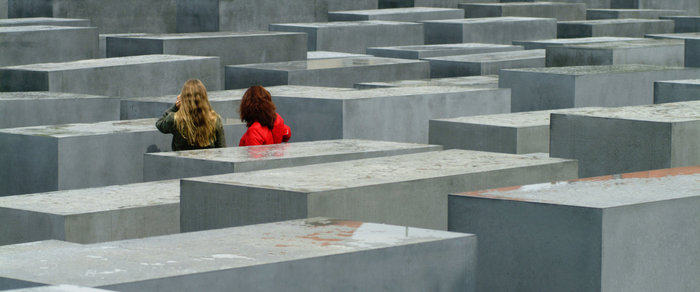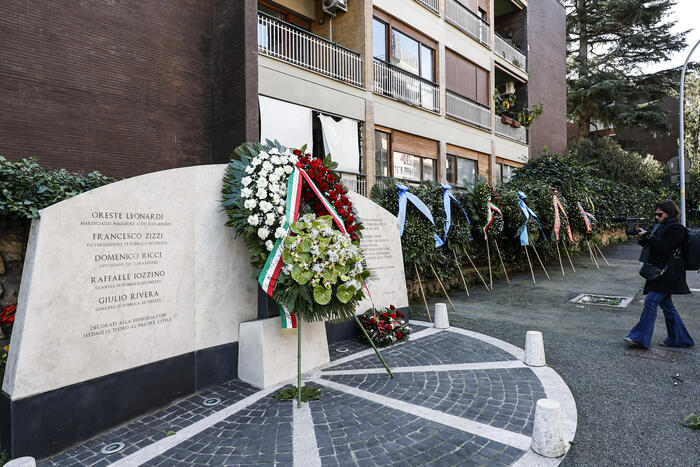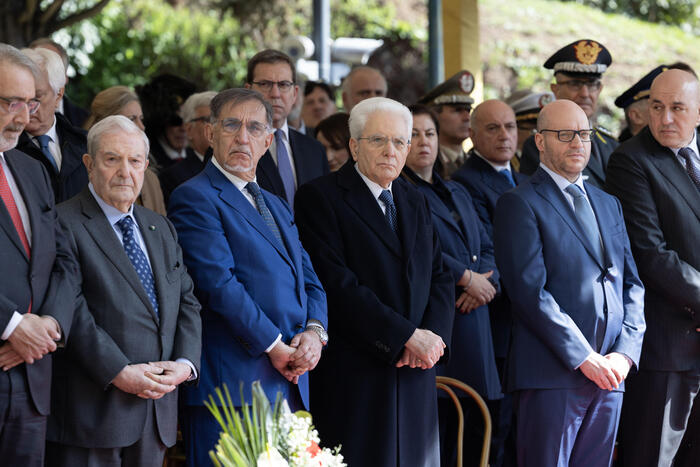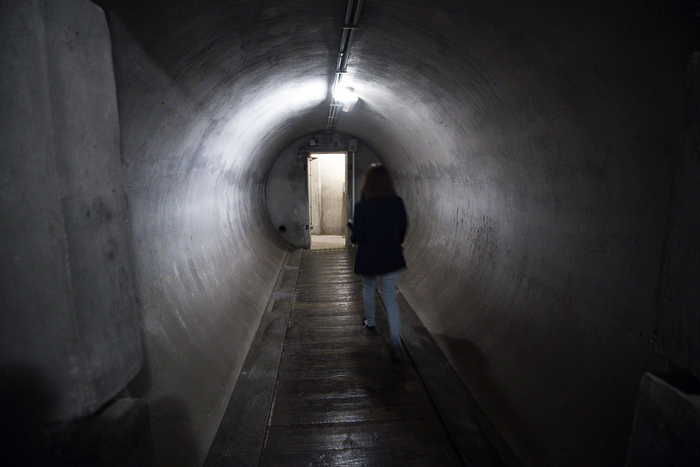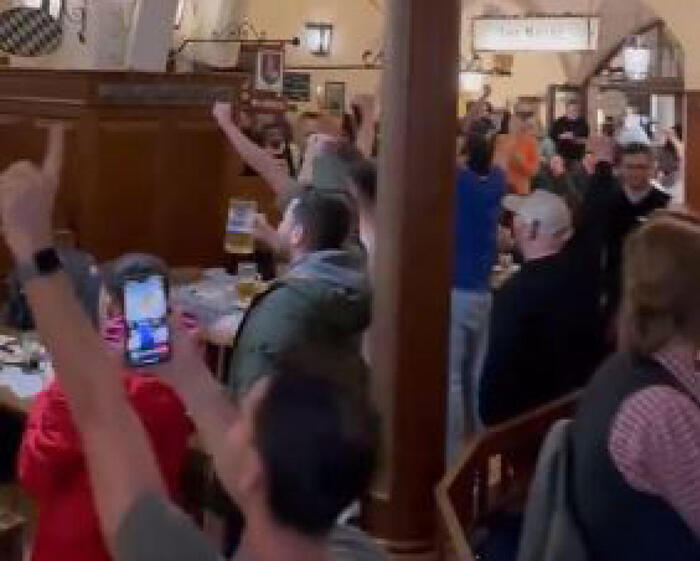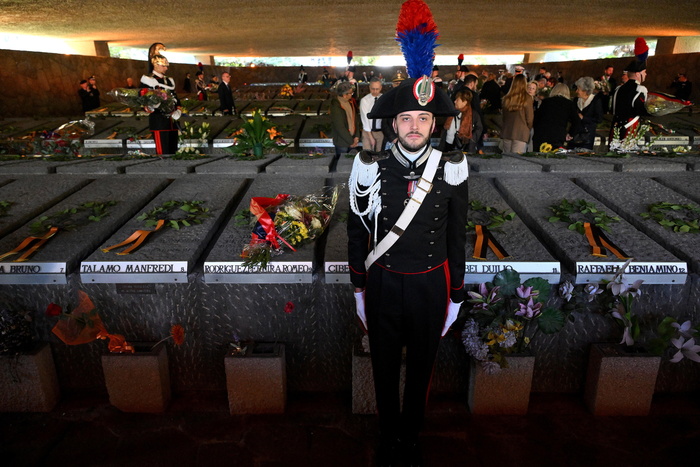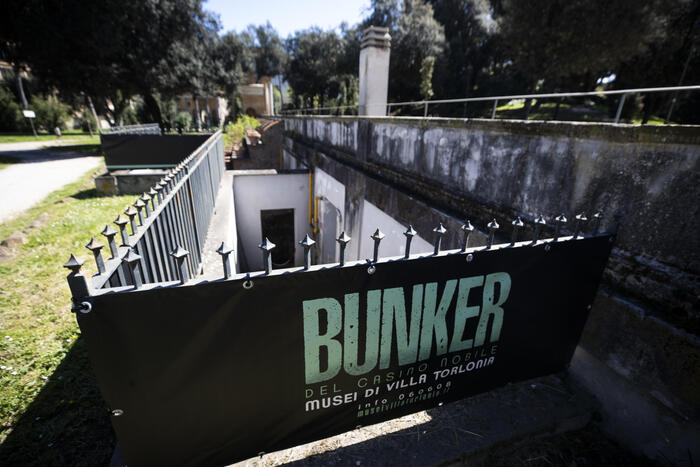MILAN - The barbed wire, the gate with the inscription "Arbeit macht frei", the ghostly railway track: these are the symbols of the Nazi concentration camp of Auschwitz, the largest of all, discovered almost by chance on 27 January 1945 by the troops of the 'Red Army, engaged in the Vistula-Oder offensive, which freed 9 thousand prisoners from the belly of that hell; very few compared to the 4 million that had been held there since 1940. In 2005, the UN chose that date, January 27, to celebrate the Day of Remembrance and thus commemorate the millions of victims of the Holocaust with ceremonies, meetings, screenings and exhibitions that aim to document the horror of those pages. of history especially to the new generations, and to testify to the world how the memory and awareness of extermination are the basis for fighting against all forms of discrimination and racism. The cemeteries, the celebratory monuments and those concentration camps, transformed into museums, are today all places of memory to be known in order to never forget the horror of the past. And not to repeat it.
The journey begins in Milan, where under the Central station stands the Memorial Foundation of the Shoah-Track 21, the place from where the convoys loaded with Jews and other persecuted to the Nazi extermination camps left.
The Memorial bears witness to the lives of thousands of prisoners who passed through it between 1943 and 1945, including life senator Liliana Segre, who survived Auschwitz.
To testify the horrors in the concentration camps there is also the Museum of the deportee of Fossoli, near Carpi, in the province of Modena;
Famous men of culture also passed through it, including the writer Primo Levi.
In Trieste, the national monument Risiera di San Sabba, from a structure for the husking of rice to a detention camp, is now an interesting museum that testifies to the tragic story of Italian soldiers, partisans, political prisoners and Jews imprisoned and then deported abroad.
The widespread Museum of the Resistance of Turin, dedicated to the history of the Second World War and all its most tragic consequences, involves numerous sites in the city.
It is based in the Palazzo dei Quartieri Militari but involves other places: from the Sacrario del Martinetto, where over sixty partisans and opponents of the regime were shot, to the air-raid shelter in Piazza Risorgimento and the Barracks in via Asti, a place of confinement and interrogation.
In Tarsia, in the province of Cosenza, there is the largest fascist concentration camp in Italy;
here since 1940 Italian and foreign Jews, anti-fascists and political refugees were imprisoned.
Since 2004 the concentration camp, closed in 1945, has been transformed into the museum of the Ferramonti memory.
In Servigliano, in the Marche region, an old prison camp where opponents, refugees, prisoners of war and Jews were incarcerated during the Fascist period has become the Parco della Pace.
The Casa della Memoria museum was born in the former railway station of the village next to the concentration camp.
Finally, in 149 Italian municipalities there are stumbling blocks, small stone blocks set along the sidewalks or in the pavement, created in 1993 by the German artist Gunter Demnig to remember the places where Jews, dissidents, homosexuals, Roma and Sinti were arrested and deported.
Each stolpersteine of this shared memory initiative reports the data of the victims: there are more than 1,340 and over 330 only in Rome, where the Jewish community has a thousand-year history.
They are also widespread abroad with 70,000 in Europe and some even in Buenos Aires, Argentina.
It is Germany that holds the largest number of places of remembrance, where the most significant is the Holocaust memorial, a field of steles designed by the architect Peter Eisenmann in the heart of the Mitte district of Berlin;
it stands in the area originally occupied by the palace of the Nazi hierarch Joseph Goebbels.
The monument, one of the most famous memorial sites in the world, is made up of nearly 3,000 stone blocks commemorating the 6 million Jews killed by the Nazis.
Also in the German capital is the Jewish Museum which tells the story of the German Jewish community, from the Middle Ages to the Shoah;
from above, the museum, designed by Daniel Libeskind, has the symbolic shape of a broken Star of David.
In the Grunewald railway station there is the Gleis 17 Memorial, a monument located at platform 17, from where Jews left for the concentration camps between 1941 and 1945. Here 186 steel plates remember the name, date and place of imprisonment of the deportees.
Finally, the Jewish cemetery of Weissensee, also in Berlin, is a place of peace and remembrance and is the largest in Europe with its 115 thousand graves, whose tunnels were used as a hiding place during the Nazis.
An evocative place of memory is the Kazimierz Jewish district of Krakow where, among others, Oskar Schindler's enamel factory stands, now transformed into an interesting museum that recalls the years under Nazi occupation and honors the memory of the entrepreneur who he rescued more than a thousand Jews from the concentration camp, employing some prisoners as workers.
History is also felt in the Warsaw ghetto, in particular in the Polin museum which tells the life of the Polish Jewish community from the 10th century to the present day.
Another famous place of remembrance is the Anne Frank house-museum in Amsterdam;
it stands in the place where the young German Jew hid with her family from the Nazi roundups.
Died in a concentration camp, the young woman became a symbol of the Holocaust in her diary, made public after the war ended.
The Memorial of the Shoah in Paris also deserves to be known, since since 1943 it has collected documents and political testimonies useful for historical investigations including the Nuremberg trial.
In Washington, the United States Holocaust Museum preserves objects, documents and filmed testimonies concerning the Nazi period and the history of European Jews.
Finally, Yad Vashem is the national body for the memory of the Jerusalem Shoah, a museum and study center which thanks to its digital archive with documents, photos and testimonies from all over the world has become a place where you learn not to forget.
(HANDLE).

